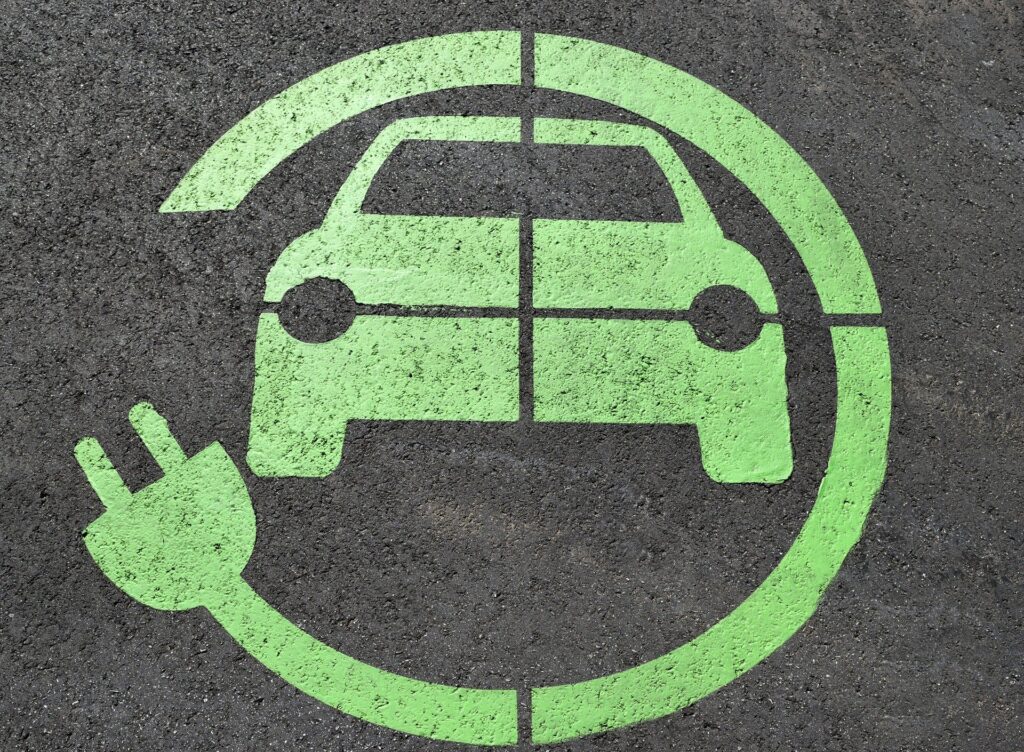Decarbonization is the process of changing all the human activities that burn fossil fuels and changing them to low or no-carbon alternatives—for example, heating your house with gas instead of heating it with renewable energy. Rather than driving a car, driving an electric vehicle fuelled by renewable energy. And swapping out all industrial processes with carbon alternatives. To prevent global warming, we need to avoid greenhouse gas emissions. It means significant changes to power stations, electricity generation, and the systems we use in our everyday lives. This post explores what it means for our world to decarbonize.
Why is decarbonization important to stop climate change?
Climate change is the warming of our planet because of greenhouse gases in the atmosphere. Greenhouse gases absorb a lot of energy from the sun. This means, when they sit in the atmosphere, they absorb and trap heat energy from the sun and cause the atmosphere to warm up. The effects of climate change are catastrophic for life on the planet.
When the atmosphere heats up, it dries our land in some areas, causing drought and famine. In other places, it allows for way more water vapour to sit in the air and leads to extreme rain, flooding and storms. Greenhouse gases disrupt all water systems. Ice in the arctic melts, disrupting the sea and flows of currents. This changes the weather systems. Mild areas will get extreme temperature changes. Areas warmed by ocean currents (e.g. Europe) will become super cold, and areas cooled by currents (e.g. Gulf of Mexico) will be boiling.
What will decarbonization affect?
Since most of the carbon in the atmosphere comes from 3 areas; power generation (making the electricity we use), Industry (for example, steel production, which needs extremely high temperatures), and materials (for example, making concrete from raw materials which naturally release trapped carbon as they’re processed), that is where most of the decarbonization needs to happen in the pathway to net zero. As individuals, we don’t interact with these systems. But, we interact with many carbon systems, and all of these will be changing as part of the overall decarbonization process. So the following sections explore some of these areas.
Decarbonisation of cars
Cars drink petrol or diesel, which are both fossil fuels. The primary strategy we have at the moment is using electric vehicles instead. Of course, if the source of the electricity is gas or coal, they won’t be low carbon, but if we use renewable energy to make the electricity, they will be.
There are tremendous advances in electric vehicle technology. IT’s not new; the first electric cars existed around the time of the first combustion engine cars- at the time, the designs they used had exposed wires, individually hand-wound in a cotton thread for electrical insulation. The combustion engine ‘won’ the race, and the rest is history. Only now, the narrative is changing. Electric vehicles, made-fashionable by the Tesla cars, are undergoing huge tax incentives to encourage rollout.
Another strategy we have is to use hydrogen fuel cell cars. This technology is far less developed, and one of the most significant barriers to rolling out new technology is that we need to upgrade all the charging infrastructure. Updating all gas stations to include hydrogen is hugely expensive when hydrogen vehicles are not on the road yet. But no charge points stop them from being worth taking out on the road.
Hydrogen can be made from either fossil fuels or renewable energy- at the moment, a lot is made of fossil fuels but producing hydrogen works nicely from renewable energy, so that will develop.
Decarbonisation of transport
Beyond cars, electric planes, ships and heavy goods, vehicles (lorries) are harder to electrify. Mainly because batteries would need to carry so much electricity to fuel them that the batteries would become huge and so heavy that you’d need even more electricity to carry the battery, and it becomes un-feasible/un-cost worthy.
For this reason, hybrid vehicles and hydrogen vehicles might be more suitable. Hybrid cars might use fossil fuels for the moments that need a massive boost of energy (e.g. take-off in a plane) or going uphill in a lorry, but use electricity for the rest. It does mean double the systems, though, so it’s not elegant.

An alternative is a hydrogen as fuel. This is a profound infrastructure change, and the technology is there, but there are awkward niggly parts not completely smoothed out. Also, even if it’s technically as safe or safer than diesel, the nature of state control in the airline industry means that it’s so hard for a few hundred ‘proven’ safe test flights to get the long term evidence of safely that regular planes have from year and years of thousands of flights every day.
Shipping is similar, could use electricity or hydrogen, and hydrogen would be more feasible because they commonly don’t refuel as often. But it’s awkward because the battery design is so bulky, and they need a lot of power.
Decarbonization of buildings
Buildings are harmful emitters of Carbon dioxide into the atmosphere. What is particularly bad is concrete. Concrete (particularly the cement in concrete, is made of calcium carbonate. This is called lime-stone and is mined from extensive natural courses in quarries. In taking the parts you want, you leave behind the parts you don’t, which is vast amounts of carbon dioxide. It’s a natural part of the process- so you can’t make it more efficient.
We are coming to understand more about the global effects of concrete. This is a good article to learn more.

Then there are a lot of systems inside buildings that are carbon-intensive—for example, heating and cooling. Gas boilers have commonly heated buildings. Electricity is now becoming a more popular heat source, through heat pumps, for example. Again, the electricity needs to be ‘green’ to make this low carbon.
Decarbonization in industry
Industry is one of the biggest areas that need to decarbonise. Three main industries produce more than half of industrial emissions; a good place to start the decarbonisation process is where significant gains can be made quickly. These industries are Iron and steel, chemical and plastics and cement (usually for concrete).[1]
Often a large amount of carbon comes from these processes, which operate at very high temperatures. Hydrogen holds potential in terms of needing a really powerful fuel, which electricity is not good enough for.
Because there are some areas of industry that are, as it stands, really hard to decarbonise, we urgently, in the meantime, need to support alternatives to reduce the total amount of carbon required- this involves reducing demand. Secondary industries are forming to recycle what we have, and components are being designed with raw materials that can be extracted and re-used. In other words, a more modular design with more standard components so that parts can be taken from broken items and the same standard part can be used in the next thing.
Decarbonization of the economy
We often hear the phrase ‘low-carbon economy’. It means an economy of processes, systems and practices that are low carbon. And because the world we live in is so complicated, one area of a low carbon economy can’t effectively work alone. We saw this earlier in the transport example. An electric car is useless without charging infrastructure and the electricity to charge it. Well, for that, we need renewable energies, effective transmission and battery systems, and driving habits that support the longer charge time.
Sometimes there seems to be an argument that we either take a low carbon- or a low-economy, but the two can’t co-exist. This is entirely untrue; it just takes more strategy.
Decarbonization vs decarbonisation?
Decarbonization and decarbonisation mean the same thing; it’s ‘decarbonise’ in the UK and ‘decarbonize’ in the US. Both Countries have different spellings of some common English words.
Conclusions
Decarbonisation is making processes run with little carbon. For a fully decarbonised economy, we need many sectors to work together for fully decarbonised supply chains and markets. We need companies that deal in secondary material leasing. Many of the parts of our lives affected by decarbonisation will be a shift to electrical sources of energy (heat pumps, electric cars etc.). So getting a considerable amount of renewable energy is even more critical than just replacing the current electricity we use with green electricity. We need to replace all the energy we use with sources from green electricity in the near future.
Who can make these things happen and push the boundaries? The United Nations set net zero carbon targets in 2050 in the 2015 Paris agreement. Given the great challenges in electricity generation, it may be that carbon capture from power stations becomes necessary to lower the effect of co2 emissions and keep within sustainable limits.
[1] https://energyinnovation.org/policy-programs/industrial-sector-decarbonization/

